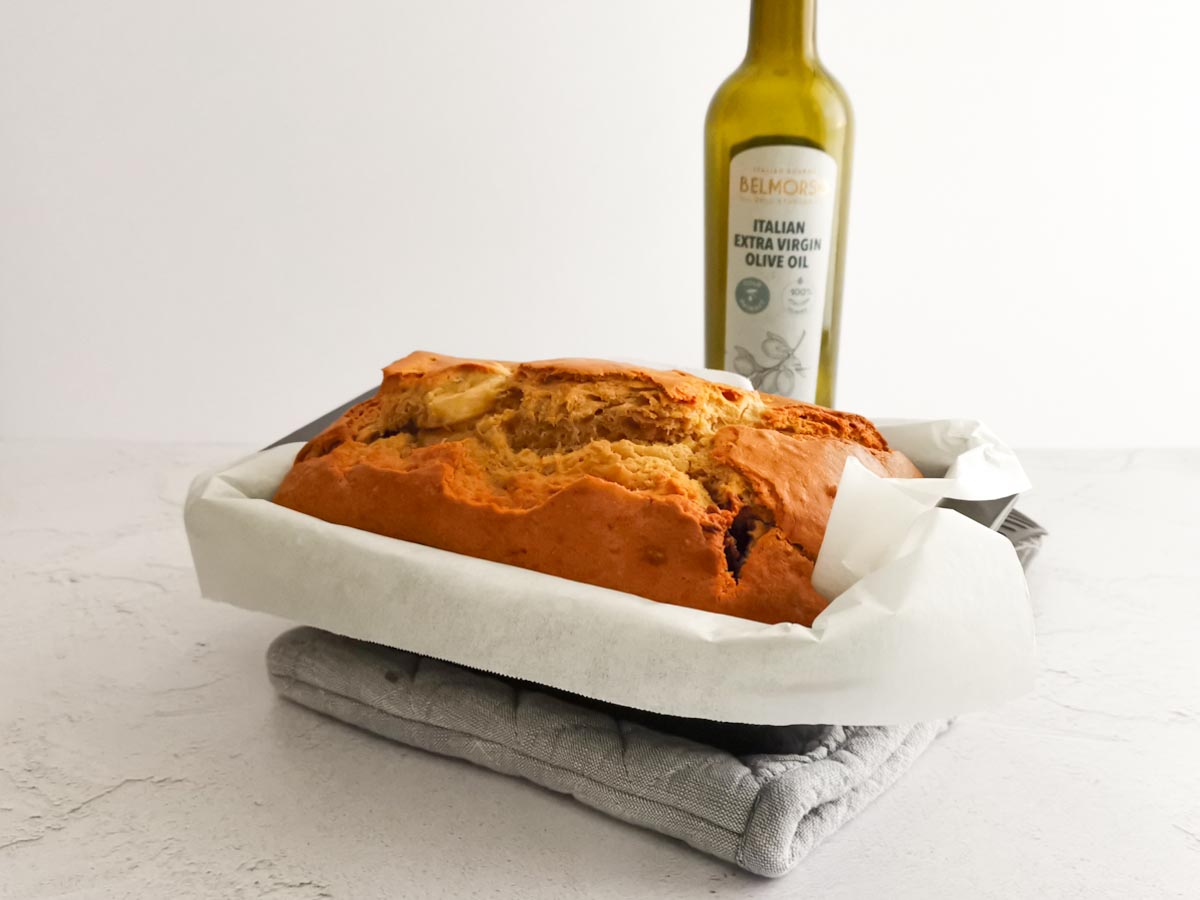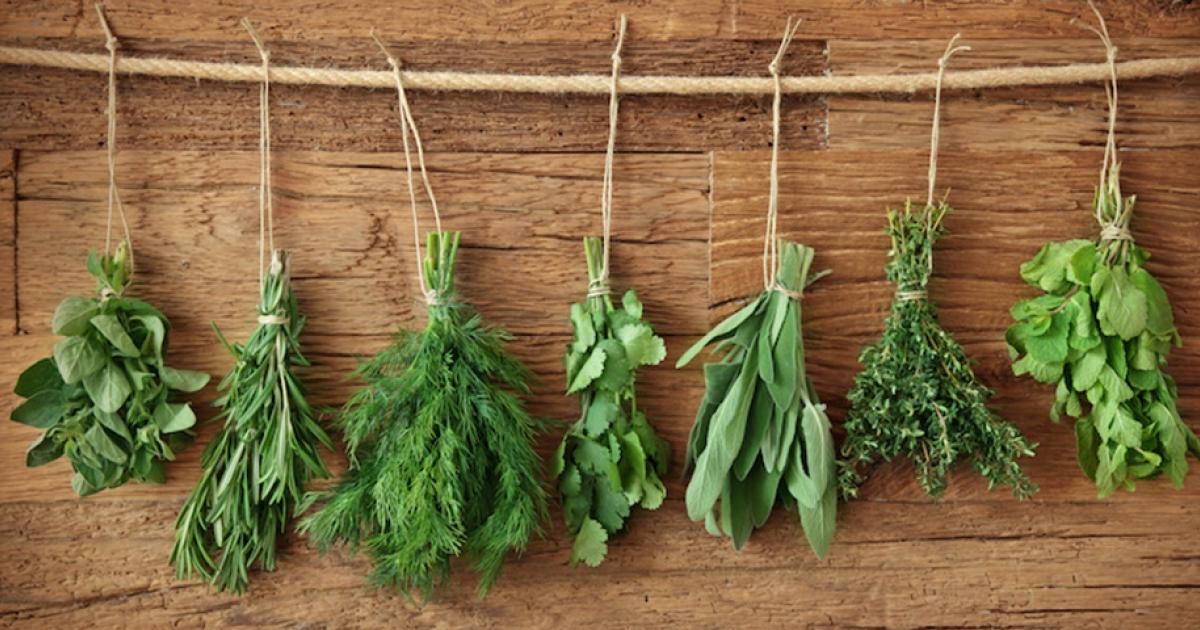
The Dinette Teller – 38. Discovering Herbs and their Properties
Aromatic herbs are important ingredients, to give a boost of taste and to enhance many recipes and preparations.
It exists a wide variety of aromatic herbs, but in the last century, they experienced a decline in usage, due to the easy access to the salt. In fact, in the past, the salt was very rare and expensive, and for this reason, the addition of aromatic herbs and spices to the dishes was far more common. As the salt became more affordable, people began to use it as a first choice.
This fact represented a great loss in the cooking preparations since herbs represent a good source of mineral salts, vitamins and other nutrients, useful for the digestive processes. Today herbs are gaining a high interest and appreciation from the folk again.
The name “aromatic herbs” derives from the pleasant smell that they release, tickling our nose.
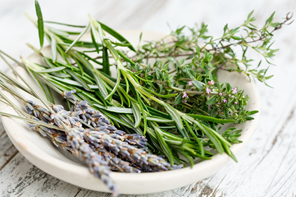
Differently, from the spices, which are more commonly used in the Eastern Europe and Africa, the aromatic herbs come from Mediterranean areas, mainly Italy and France, making these two countries the major exporters of this product worldwide.
Another important difference is that the spices are usually sold as dried, whereas the aromatic herbs are at their best when fresh.
Aromatic Herbs
BASIL
The symbol of the Italian kitchen and of the warm Summer… you can just put it everywhere! Basil is also considered one of the healthiest herbs. It’s best when fresh, exuding a sweet, earthy aroma that promises a pleasant flavour but also an impressive list of nutrients: vitamin K, A, C, Iron, flavonoids, anti-inflammatory molecules, and Manganese. If you want to know something more about it, just keep reading the article “Classic never dies: the Basil”

PARSLEY
Parsley is widely used in Middle Eastern, European, Brazilian and American cooking. Curly leaf parsley is used often as a garnish on potato and rice dishes, on fish, fried chicken, lamb, goose, and steaks, as well in meat or vegetable stews.
Parsley is the main ingredient in Italian “Salsa Verde”, which is a mixed condiment of parsley, capers, anchovies, garlic, and sometimes bread soaked in vinegar. It is an Italian custom to serve it with bollito misto or fish.
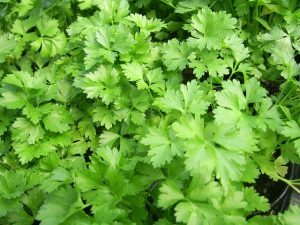
ROSEMARY
Mainly used for roast beef and stews, potatoes, vegetables, bread, and savoury tarts. Its flavour and scent is typically matched with comfort food and Holidays periods, such as Christmas an New Year Eve.
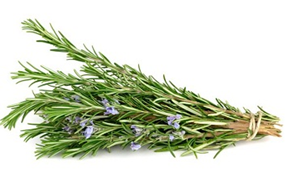
SAGE
This herb is wonderful to season meats and stews, roasted vegetables, fish, and sauces. It is also delicious as fried leaves. Just deep fry them with a light breading and taste them… their crunchy flavour is amazing and frequently seved as canapèes during a Wedding Buffet.
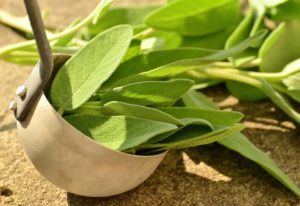
THYME
It is characterized by a strong and pleasant scent, which further increases during the cooking. For this reason it is important to be careful not to exaggerate, covering the flavour of the meal. It is widely used and it is part of the Labiate family, as basil, marjoram, sauge, and so on. It is used for roast beef and stew, game, potatoes, peas, beans, and legume soups. Also dishes based on tomatoes and chicken improve in taste thanks to thyme.

BAY LEAVES
Fresh or dried bay leaves are used in cooking for their distinctive flavor and fragrance. The leaves should be removed from the cooked food before eating. The leaves are often used to flavor soups, stews, braises and pâtés in Mediterranean cuisine and beans in Brazilian cuisine. The fresh leaves are very mild and do not develop their full flavor until several weeks after picking and drying. In Italy, the bay leaves crowns are used to celebrate fresh graduates, recalling the Roman Emperors habits.

CHERVIL
It recalls the parsley and it matches perfectly with eggs. In fact, it is renown in France, where it is used for omelettes, salads and soups.
CHIVES
It has a delicate taste and it is wonderful to guarnish sauces, salads and soups. It also suits well fish and meat. Planting chives between the rocks making up the borders of flowerbeds, keeps the plants free from pests. The medicinal properties of chives are similar to those of garlic, but weaker: rich in vitamins A, C, calcium and iron. It has also a mild stimulant, diuretic, and antiseptic properties.
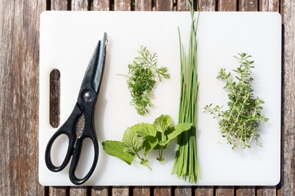
FENNEL
Often renown as the healthiest food in the World, ince it contains unique phytonutrients with antioxidant and health-promoting effects, such as flavonoids and antioxidants. An interesting molecule is the anethole, which reduces inflammation and helps prevent the occurrence of cancer. Fennel bulb is an excellent source of vitamin C, fiber, and folate. The flowers are wonderful to season chestnuts, mushrooms, olives, and pork meat cuts. The seeds are used for doughnuts and other cakes, and to make flavourful infusions and vin brulèe. Its leaves are used chopped, to give a boost of taste to soups, fish, salads and cheese.
MARJORAM
Used on pizzas, stews, fillings, meatballs, savoury pies, mushrooms, legumes, sauces, mixed and tomatoes salads, cheese, crustaceae, and to create aromatic oils and vinegars.
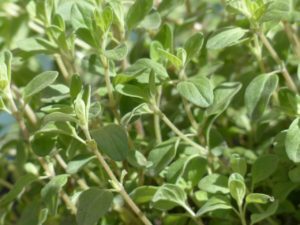
OREGANO
One of the must of the cuisine of southern regions of Italy, such as Sicily, Calabria, Naples, and Molise. Oregan is widely used on pizzas and other baking products, in salads and meat. Oregano contains polyphenols, including numerous flavones, molecules which have a good effect on veins and blood circulation.







